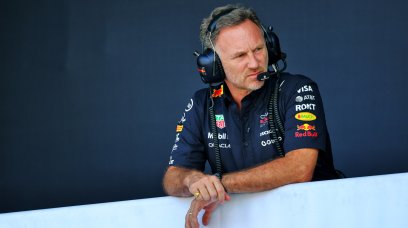The Singapore Grand Prix is one of the most physically and mentally demanding races of the season, but there is also another odd quirk that teams must prepare for at the iconic street circuit. Since the first night race of the Formula 1 calendar took place in 2008, the teams have needed to fit special versions of sensors to their cars in order to combat the threat of magnetic interference. This is because the Esplanade Bridge forms part of the track between Turns 13 and 14. The concrete used on the bridge is underpinned by steel beams that are magnetised. These magnetic fields are strong enough to interfere with certain sensors on the cars, requiring teams to replace a number of sensors with special versions which are less susceptible to interference. Fitting magnetic shields to the gear shift valves has also become a normal part of Singapore preparation for teams, as the issue has previously caused cars to stop on track, particularly in the first years of running in Singapore.
Did nearby railway static cause Webber's retirement in 2008?
Mark Webber was forced to retire from the 2008 race on his way to a potential podium, after the team discovered a problem with his gearbox. Although the official explanation was listed as gearbox failure, Red Bull Team Principal Christian Horner said the issue was due to a nearby tram line in city-state's Mass Rapid Transit system that was producing static electricity. This static was allegedly causing the gearbox to select two gears at once, though the railway operator subsequently rubbished these claims in the aftermath of the race. "There is no MRT track beneath Turn 13," an SMRT spokesman told local media. "The nearest MRT tunnel is about 200 metres away, with a depth of about ten metres. "In addition, train wheels and running rails are made of metal and therefore do not generate static electricity charges during train operations."
Most read






